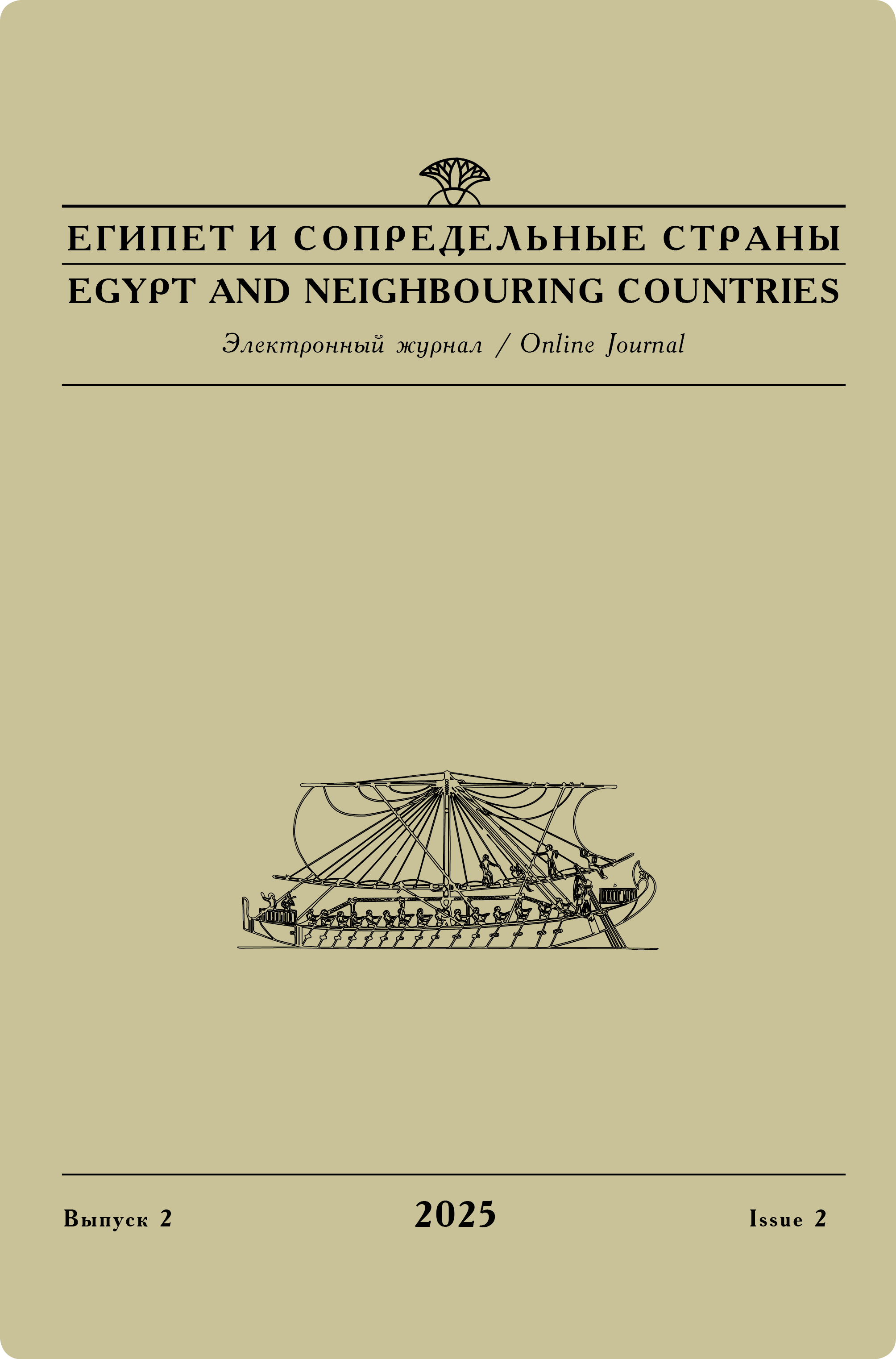Issue 4, 2016
Roman A. Orekhov
Reconsidering theories on location of ancient Memphis during the Old Kingdom
This paper is aimed to examine modern conceptions on development of the Memphite region during the Old Kingdom.
The major counterparts in this discussion are supporters of the conception of static Memphis’ development and researchers, who consider Memphis as a vast residence extending from Meidum on the south to Abu Roash on the north. The first point of view becoms less popular nowadays.
Some researchers suggest that during the early periods of Egyptian history the core of Memphis settlement shifted gradually to the south-east following both the kings’ necropolis and the river bed. Therefore, it is possible to speak of three 'Memphises' that succeeded each other. The first one was so-called White walls (Jnb-HD or Jnbw-HDw) situated near modern Abusir village on the west bank of the Nile, next to the 3rd Dynasty necropolis in the northern part of Saqqara. The next one was founded to the east of the Tety pyramid and called Djed Isut (+dw-jswt). During the reign of Pepi I the kings’ residence shifted further south following the the royal necropolis. Both royal palace and settlement around it adopted the name of Pepi’s pyramid and became known as Mennefer (Mn-nfr). Nevertheless, some data points out that during the Old Kingdom the Egyptian capital could be a 'peripatetic' one, because the pyramid settlements functioned as capital centers. According to written sources, the royal court and all administrative offices were located n these settlements. Legendary Memphis described by Herodotus and Diodorus Siculus aroused from those settlements only in the New Kingdom.
Keywords:
Memphis, Old Kingdom, 'peripatetic' city, the pyramid complex of Djoser, Royal palace, residence.
Original language — Russian.
Read full article




